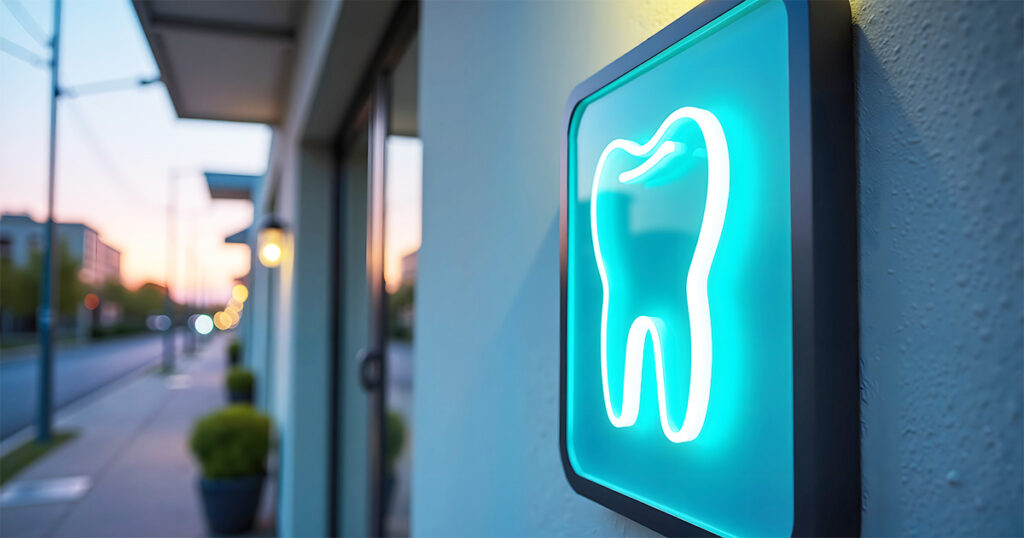CWA FINANCIAL PLANNER HUNTER SATTERFIELD REVIEWS AN IMPORTANT INDICATOR INTO THE HEALTH OF YOUR ORTHODONTIC PRACTICE
At CWA, our clients are focused on delivering quality care in their dental practices, so it’s our job to help illuminate and support the financial health of those practices. One key insight into cash flow for orthodontic practices, often misunderstood, is the amount of contracts receivable on the books.
A standard definition
Most accountants define contracts receivable as: A claim against a customer for an uncollected amount, generally from a completed transaction of sales or services rendered. Specifically for orthodontic practices, contracts receivable are the amounts your patients owe your practice for future treatment, from the signed patient contracts you have in hand.
For any business, contracts receivable is a good indicator of near-future financial health, in the form of cash flow you can expect to come in. Accurate contracts receivable also can help your practice be prepared for upcoming collections.
Contracts receivable vs collections
It’s natural for every business to monitor collections, but many dental professionals can be stressed out by over-analyzing collections. Our experience tells us that keeping an eye on the often-overlooked contracts receivable – and how this relates to near-past production – is a more accurate indicator of financial health and growth.
An industry baseline
For many CWA orthodontic clients, contracts receivable as a percentage of the past 12-months production is 55% to 60%.* Meaning most orthodontic practices have between 55% to 60% of a year’s production on the books with contracts receivable at any given time.
Keep in mind this is just a baseline; your practice may be above or below that percentage for various reasons:
– Many practices that are above 60% offer lower down payments to patients, so more is owed on signed contracts.
– Many practices that are below 55% require higher down payments from patients, and/or have more paid in full patients.
Insight into the value of your practice
Looking at contracts receivable also helps in assessing the value of an orthodontic practice. For clients looking to buy, sell or appraise a practice:
– A practice with a higher percentage of contracts receivable has more value to a prospective buyer, because there are more collections in the pipeline
– With less collections in the pipeline, a practice with a lower percentage of contracts receivable has less value to a prospective buyer
Taking a closer look
If your orthodontic practice is above or below that 55% to 60% industry baseline, we recommend taking a closer look with your CWA advisor. Together we can review related financial numbers, gather information and diagnose why your practice varies. Several factors can come into play including:
– Practice down payment structure
– Paid in full contract
– Case acceptance percentage
– Recent changes in production procedures or efficiencies
There may be several valid reasons why your orthodontic practice falls outside the range, but it’s important that you know specifically why and how, to keep your practice financially healthy and on track with your long-term goals.
Look for changes month over month
The key takeaway: Whatever your percentage of contracts receivable, monitoring it with your CWA advisor is important to stay on track with your long-term financial goals.
Looking for changes month over month – as well as long-term trends – is important when re-evaluating practice performance, and tracking progress toward your goals. Noticeable spikes upward or downward could be a cue to adjust down payment or fee structures, focus on acceptance rates, or even fix production issues.
*CWA 2015 Orthodontic Practice Comparison Report. Click here to download the latest full report.















